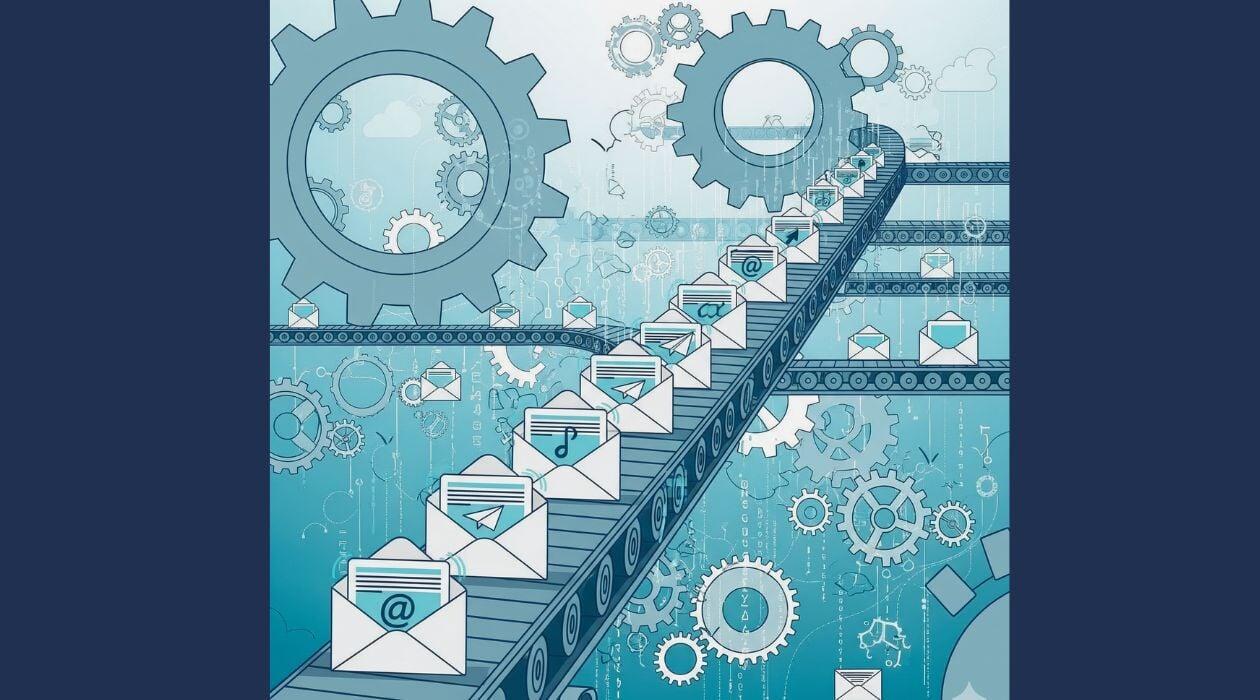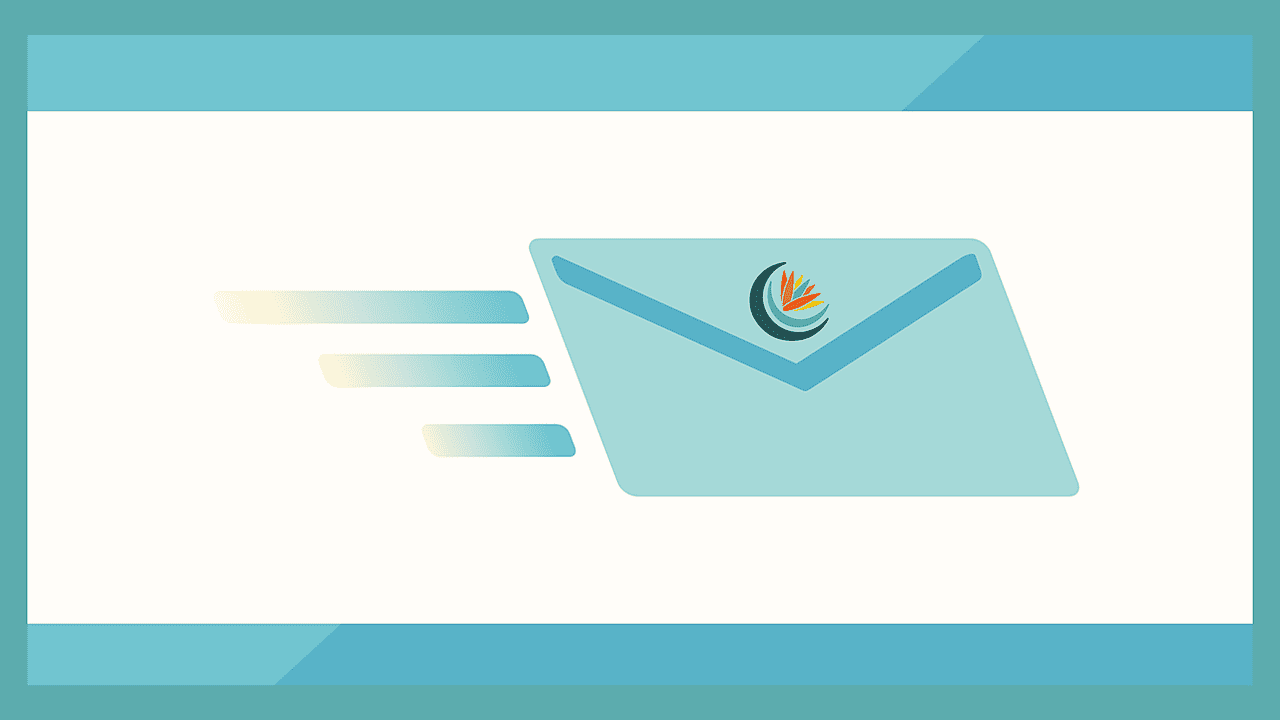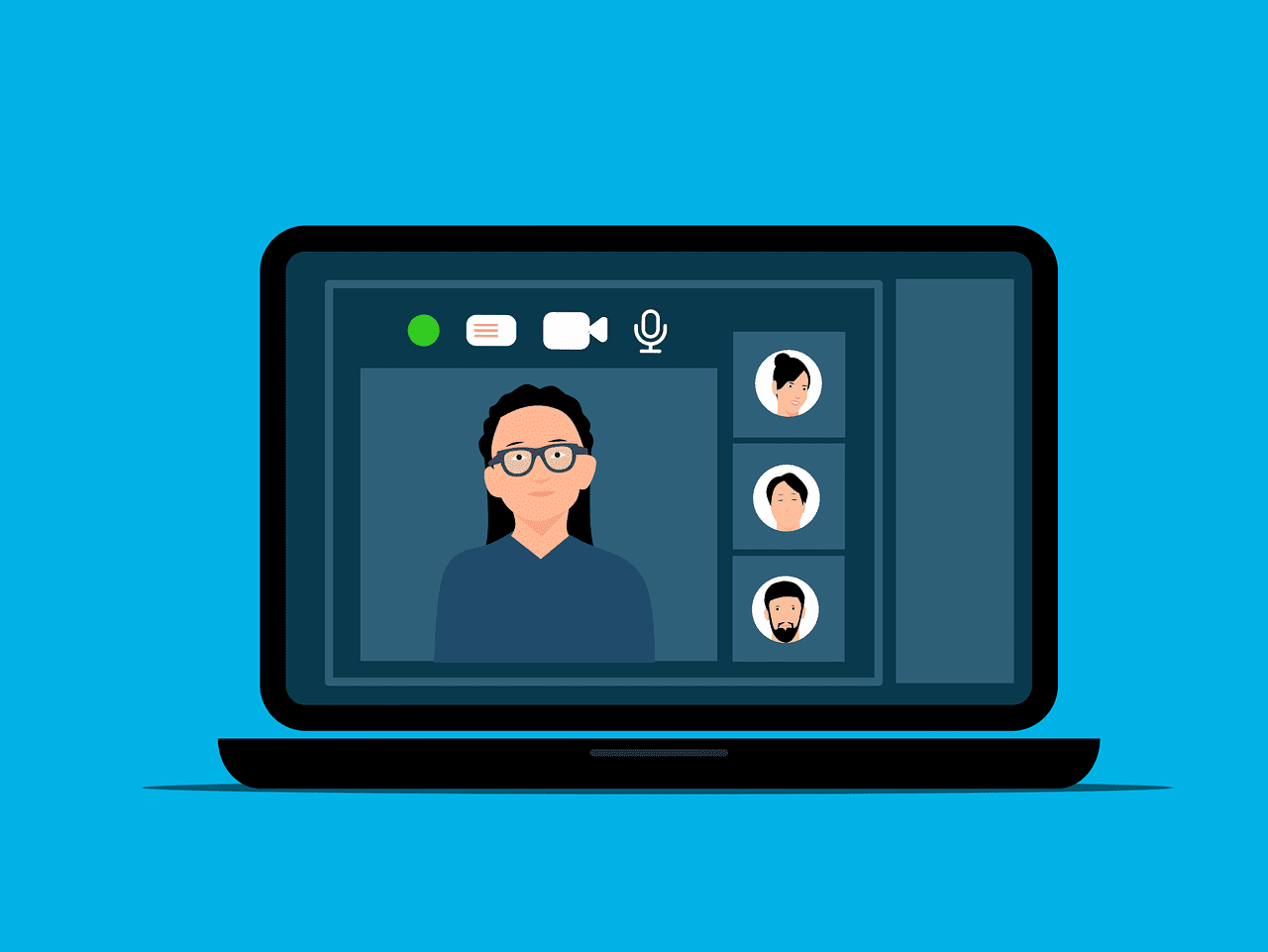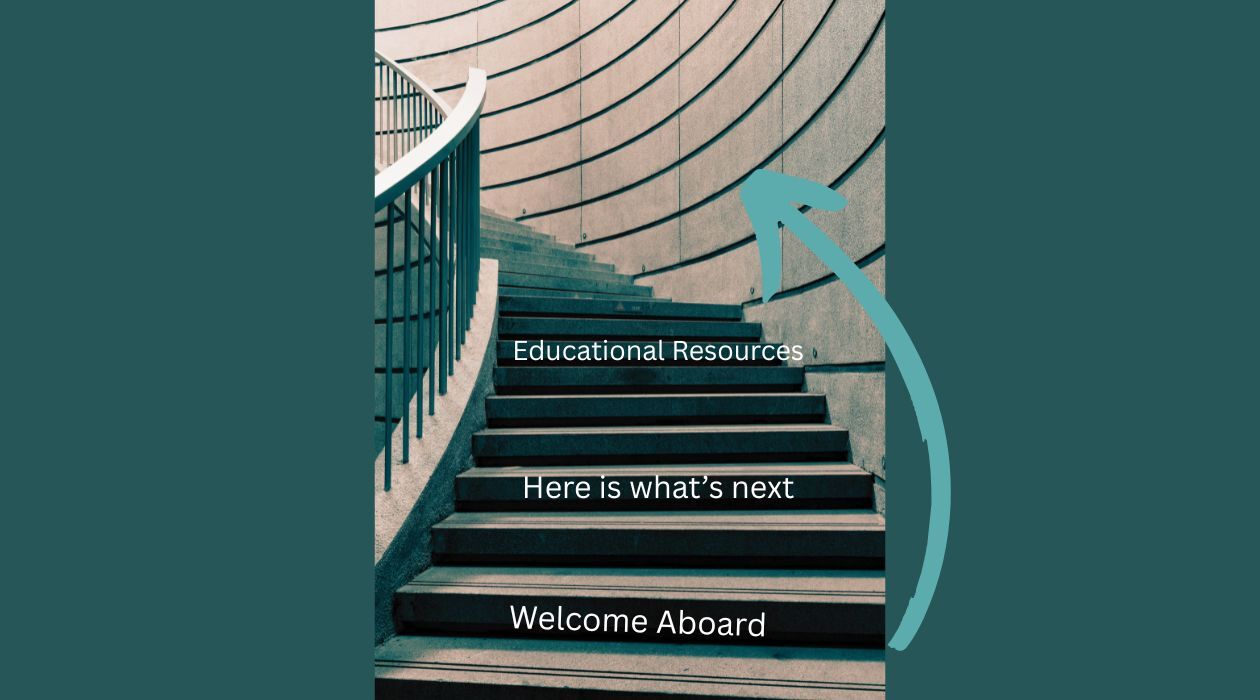
These Clever Email Automations to Engage Prospects and Clients
This is the second article in a series of posts about automation for marketing, sales and operations. If you missed the first article, you can read about Sales Team CRM Automations here.
Email Automation Vs. Email Templates
Before reading our list of email automation ideas, first consider whether your email should be automated or just templated. Both email automation and email templates are great tools. It is important to know how to use each one based on what you need to accomplish.
Email Automation makes sense when the message is uniform. As long as your Zoho CRM or Zoho Campaigns data is clean, you can use the information (data fields) to send emails with somewhat customized content and deliver highly relevant information using email automation.
[ NOTE: Having "clean data" means you and your team follow a consistent process for updating client and prospect data and how to correctly input information into your database. If you need guidance on your Zoho CRM management and maintenance, contact us for support]
Email templates are a fantastic tool when you are generally writing the same message repeatedly with slightly personalized information. For example, a post-sales call thank you note probably has a standard message, but you add something specifically said during the call to the message.
IF you can send the exact same message to Prospects / Contacts using merge fields (data from the CRM) to customize it, then email automation makes sense.
IF you want a faster way to follow-up on more personalized communications that include some standard messaging, then email templates are a better choice.
When Do You Use Automated Email Sequences?
Automated emails are triggered based on some sort of action or schedule that you set up. Using Zoho CRM as the example software, you can send emails out to your Leads or Contacts using a Workflow Rule based on an action (such as the creation of a new Lead), a field update, a score, or a specific date/time. Within that workflow rule, you can set specific conditions such as "only include people with the Lead Source of Webinar."
Using email automation can significantly help you to scale your sales efforts and reduce time wasted on unqualified leads. Abusing email automation is easy to do, so give it serious consideration before you choose to automate something.

Email Automation Ideas for Your Marketing
1. Newsletter Opt-In
If you have not already set up this automation, do your business a favor and create an email autoresponder in your CRM or Email Marketing platform that is triggered by the opt in of new subscribers.
This email automation begins with the creation of a new subscriber or the opt-in to a specific list.
Better yet, create a Welcome Email Sequence to check in on them. Here's what that could look like:
- First Email: Sent immediately to the new email subscriber with a welcome message, setting expectations (you will receive our newsletter on the first of every month and it will include this kind of information...), and invite them to offer feedback.
- Second Email: Sent 60-90 days after opting in. This content is a "checking in" style message. Ask how things are going, if they have feedback, or perhaps include a one-question survey such as a Net Promoter Score.
- Third Email: Sent one year after opting in with a message that celebrates the relationship. The content may read something like, "we are so grateful that you are part of our community... please let us know if there is anything you need."
2. Education Email Series After Gated Content
This is an obvious place where an email sequence is useful to the prospective client and yields value to your business. When you offer a free resource such as an e-book, case study, white paper, or other educational content that is "gated" (the person must opt-in to download it), then use the opportunity to continue the conversation and add more value.
The automation trigger is the creation of a new subscriber on a specific opt-in form or list (this depends on how you have things set up). We generally recommend having one to two main lists and using the different forms to create segments.
A simple email sequence for a case study or whitepaper, for example, might be 3-5 emails sent over 4-6 weeks. After the initial "here's your download" email, the subscriber receives one email per week offering additional educational value. It's best to avoid the direct sales pitch in this content.
Keep the calls to action non-sales oriented for the first few emails. Only include a call to action related to sales in the last 1-2 emails. You can use the count of clicks in these emails to update the Prospect's score in your CRM to know how qualified he or she is. In addition, you can assign a task to a sales person at the end of the education email sequence telling them to call the Prospect.
3. Lead Nurturing
Similar to your educational gated content email sequence is a lead nurturing email automation.
After contacting a lead, the sales person may discover that this lead is still pretty high up the sales funnel. Perhaps, he or she is still evaluating the brand or their specific needs. This is a case where the Lead Status field in your CRM is highly valuable. Using this field, you can trigger a workflow that starts a lead nurturing email sequence. Think of your Lead Status field as a pipeline for the leads – it defines where they are in the process of engagement with you.
Suggested Lead Status Options:
- New Lead
- Contacted
- Engaged
- Not Interested
- Nurture Campaign (automation trigger)
- Reconnect in 30 Days (automation trigger)
- Junk / Unqualified
Depending upon your business type, there may be a barrier to understanding the brand value or even the product/service. In software, for example, it is not always clear to the potential buyer if they truly need your product. A series of emails that highlight common pain points and how the software addresses them could answer the objections of your unsure lead.

4. Post-Webinar / Online Event
While webinars can be a highly valuable selling tool, the opportunity to capitalize on that audience wanes quickly after the event. A follow-up email automation may be the best tool to help you keep that prospect's attention.
First off, be sure to track in the event or webinar registrants in your CRM. If possible, also track who attended or did not. In Zoho CRM, we use the built in integration with Zoho Webinar, which uses the "Campaigns Module" to track associated Leads and Contacts. [The Campaigns module in Zoho CRM helps you plan and monitor marketing campaigns in your business. You can pull Zoho Webinars, Zoho Campaigns, and Zoho Survey into the Campaigns module through built-in integrations.]
There are a few different ways to nurture your webinar / event leads through email automations (outside of the built-in emails in Zoho Webinar). Throughout all of these email automations, we recommend using CRM fields to identify where they are in the lifecycle of your sales process (usually using the Lead Status or a similar field.
- Trigger the first email after someone registers for the webinar and is added to the CRM Campaign. This could be a value-add content that will enrich the experience of attending the webinar such as a worksheet or FAQs.
- One day after the webinar, you can send out an email with the slide deck or any useful follow-up material. Include a call to action for a free demo or consultation.
- Send a second follow-up email only to those who did not reply or take action after the post-webinar email. This is an opportunity to ask for feedback and offer any value you think was previously shared.
- All of your webinar registrants can also be pushed into your newsletter email opt-in sequence too.
5. Birthdays / Anniversaries / Special Dates or Milestones
This is probably one of our favorite email workflows. It can be highly-personalized, making it most effective for re-engaging people. Everyone handles this a little differently depending upon your business.
If you serve other businesses, then you may want to create a field in your CRM to identify a milestone such as your work anniversary with that client. Then you can make a workflow that automatically sends a "Happy Anniversary" message each year (update the email copy or image each year to keep it fresh). Or, you can get more hands-on and trigger a reminder to send a gift, a card, or send a more personalized message.
Other milestones may be:
- Home Buyer Anniversary. Send a message each January to remind your real estate clients about important homeowner things such as homestead exemptions and tax benefits.
- Birthday. There are integrations into CRMs that will automatically send a printed card to people on their birthday. Obviously, that is more expensive than an email but it can make a big impact.
- Contract Renewal. Perhaps you can find a joyful and fun way to let customer know that their contract is about to renew. This is probably an automated email already, but consider ways to make it more engaging.

6. New Customer Onboarding or Training Sequence
This onboarding part of the customer journey is often stepped over. Even if you do not think your service or product requires any kind of welcome or onboarding email sequence, we challenge you to re-think that.
When you set a Deal / Opportunity in your CRM to closed and won, you can trigger an onboarding email sequence. This is a great time to make your new customer feel confident in how to use your product/service, offer important information such as payment policies, and include customer support information. Better yet, this is also an opportunity to "pay it forward" by offering a discount for them to share with friends.
7. Ask for Feedback or Reviews
A good rule to follow with feedback and online reviews is to wait an appropriate period of time based on your product or service. You want the customer to have used it long enough to have an opinion (hopefully a good one). This could be 30-90 days after purchase, depending on what you sell.
The trigger for this workflow could be your Deal in the CRM being set to closed and won, then waiting X number of days. You may also need a condition that filters out to only send this to new customers.
In your email copy, be sure to include a couple of options for places to leave a review so that the customer can choose based on the platform of their choice. Some companies use tools such as TrustPilot for this reason - it takes a review and allows the customer to publish it in multiple places.
8. Upselling / Cross-selling
Throughout most of these email automation sequences you will find opportunities to upsell or cross-sell to your customers. If not, you can always create a dedicated workflow to do just that.
The trigger may be once an existing customer has engaged with your brand to hit a certain score (i.e. Touchpoint Score), then send an email cross-selling a complimentary product/service to what he or she has already purchased.
With this workflow, you would certainly need to set some thoughtful conditions to segment people into multiple email sequences. You may also only want to target customers who have spent below a certain threshold in an attempt to increase their lifetime value.
Email Marketing is Still Affective
Depending on the industry, the ROI on email marketing can be as high as $36 earned for every dollar spent (according to Litmus). The right email sequences add even more value because of the time it can save.
To be successful with email marketing, the most important step is to determine the target audiences and what will be most useful to them. Use your business and marketing goals to drive the ideas behind your email automations. If your goal is to increase the number of monthly demos of your software, then you want to consider automations that help you to achieve that goal.
Learn more about Conversion Conversations to enrich and improve your email content.
Originally published Aug 12, 2021

